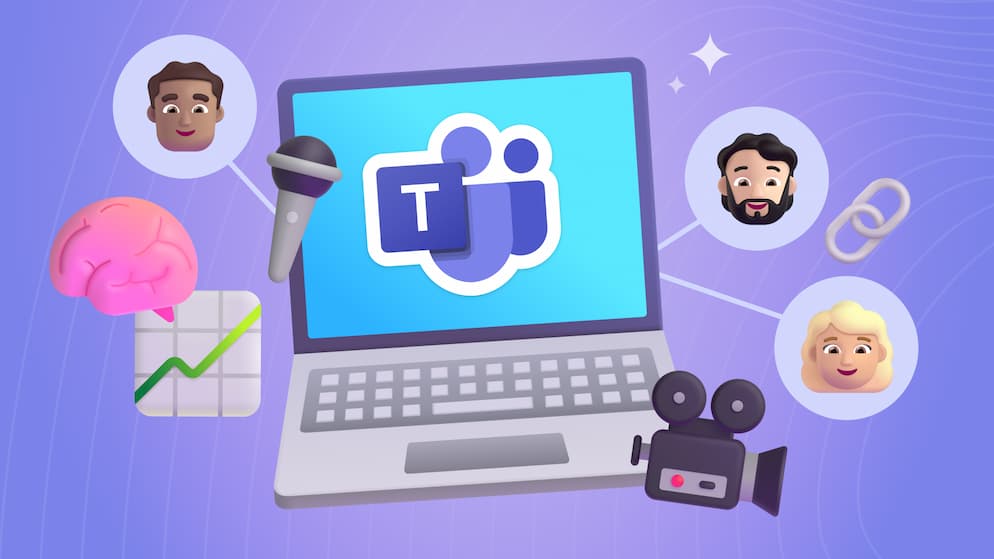Get Comfortable with Change — Or Your Business Will Pay The Price
No one can avoid change, and that also goes for your business. It's uncomfortable, but necessary if you want your business to continue to evolve. In today's blog, we're going to break down some simple strategies to welcome change and keep your business moving forward!
Introduction
When organizations fail to adapt to change, they often become stagnant or less relevant. The world around us is changing faster than ever before. That means now, more than ever, we have to act and embrace the coming changes. If we don’t adapt and overcome, we will wither and die.
There are many examples of organizations that have been cast into the dust heap of history because they were unable to keep up with the change around them. Kodak, Nokia, Blockbuster, and Toys-r-us are just a few. But what do they all have in common? They all failed to keep up with technological advances and customer preferences that changed the markets that they served.
I will grant you that it is much more difficult to affect change in a juggernaut corporation like the ones I listed, but that is beside the point. The truth is, all of us, no matter the size of our organization, can be susceptible to the same things that caused the downfall of so many others.
Keep pace with change or even set your organization apart from the competition by adopting these three simple strategies.
Break Through Barriers with Open Communication & Collaboration
.avif)
The first strategy I want to discuss is one for effective communication & collaboration in your organization. Communication happens in so many different forms today. Email is an obvious choice in the digital landscape, but you should be taking advantage of all the options. When the communication needs to be conversational, use chat. When you need to speak face to face, but you’re in different locations, use virtual meetings. Use tools like Slack or Microsoft Teams and center communication around topics to create organizational intelligence about whatever is important to your business.
Create an organization wide knowledge base to help people find things they need without walking into the HR or payroll office with the same question twice a week. An intranet should be a strategic asset of any successful business and should be used for onboarding, training, HR and payroll resources, communicating the happenings of the business, and access to company tools and resources.
Use office tools in the cloud to collaborate on things like tasks, documents, projects, and presentations. Co-authoring is more effective today than it has ever been. It actually works! Even better tools are available now, like Notion and Loop, taking away the need to care about look, feel, and format and allowing users to care mainly about content, sharing it with others, and incorporating it across other office tools
Lastly, do these things across teams and departments. Open the lines of communication so people are not working in silos. When the people in one department understand the people in another department, they will all work better together. Chat when you

SELF ASSESSMENT
Is your business getting full value from your M365 subscription?
Billions of dollars are wasted each year on underused subscriptions. Take 3 minutes to find out where your tools are driving results, and where they’re holding you back.
Find Out Now

Is Team Communication Holding You Back?
Find Out in Just 2 Minutes.
Take our quick scorecard to uncover communication gaps and hidden barriers within your team.
Ride the Wave of Digital Transformation
%20(1).avif)
The next strategy for managing change revolves around technology and the powerful ecosystem of tools at our fingertips. Times are changing and so is the world we work in.
As a leader at any level in a business it is good to seek to understand the technologies emerging around us and learn how they might make the organization better or how we can leverage new tools to make better connections with customers. AI, cloud computing, and data analytics are just a few examples. Something as simple as moving from files stored locally, on personal workstations, or a server in a closet, to cloud storage like OneDrive, Google Drive, or SharePoint can be a huge game changer and enable you to do any work, anytime, anywhere.
You should also give people room to grow and innovate. Often the first reaction to adoption of any new technology in the workplace is to lock it down and sometimes it is necessary. However, it is incumbent on good leaders to allocate resources and enable frameworks in which people can try new ideas, improve their knowledge and add value to the organization. Offer opportunities for training, workshops, attending conferences, and teaching others in the organization. Finally, make sure that the team knows it is ok to take calculated risks. Mistakes are only failures if we do not learn from them, and regret only comes with not trying.
Find Strategic Partners
.avif)
Finally, it is a certainty that you are going to face challenges when it comes to change and adoption of new tools or practices. Find someone who can help you meet those challenges.
If you’re being honest, there’s one or two things that you’re really good at. That’s why you exist as an organization. There are probably many other things that you’re capable of but you’re no expert, and there are some that you wouldn’t even know where to start. One of the best things you can do as a business is to stay focused on your mission and why you exist. There are other people in the world who exist to do the things you’re not so good at. Find some and let them help you.
You might wish to “full time hire” an expert or invest in your team to create expertise, but you should only do that if you’re willing to make a long-term commitment in that area AND doing so will give you a competitive advantage.
When it comes to adapting to change and using technology there is no reason you need to reinvent the wheel. There are a variety of systems and solutions out there to meet almost any business need from accounting to point of sale to CRM. Even if you can’t find something that suits your needs off the shelf, you can find an agency or consultant who can use their expert knowledge to get you where you need to be faster.
Conclusion
There are so many other things that we could talk about when it comes to changing and managing it. The ones I highlight in this post were chosen because I believe they are fundamental and key to facilitating most, if not all, of the other issues you might need to deal with. You first have to be willing to step outside your normal routine, look at the world around you, and make an honest evaluation of where you will be next year if you do nothing.
I strongly believe that by embracing change and implementing the strategies outlined above, you can mitigate risk, avoid failure and foster growth and innovation in your organization. Technology in particular, will play a crucial role in accelerating change and you should leverage it to facilitate adaptation and transformation across your organization. Ignore this at your peril.







.jpg)







